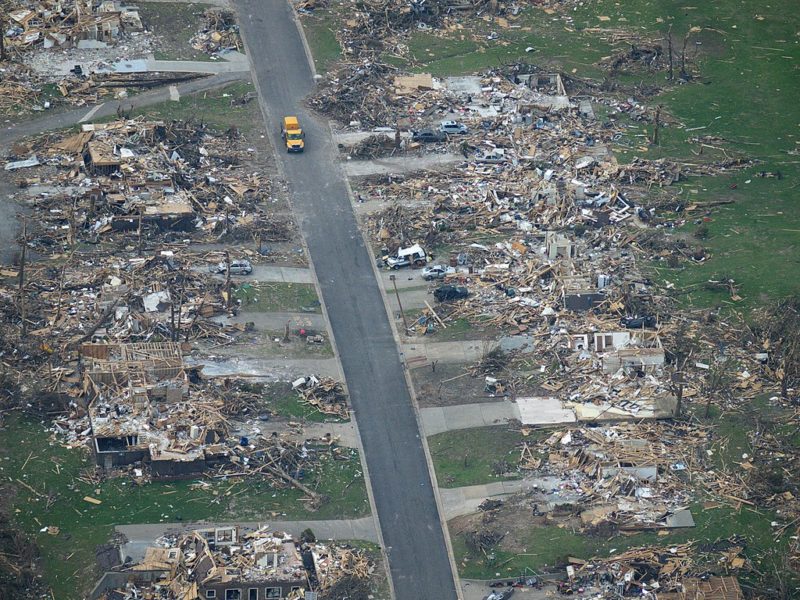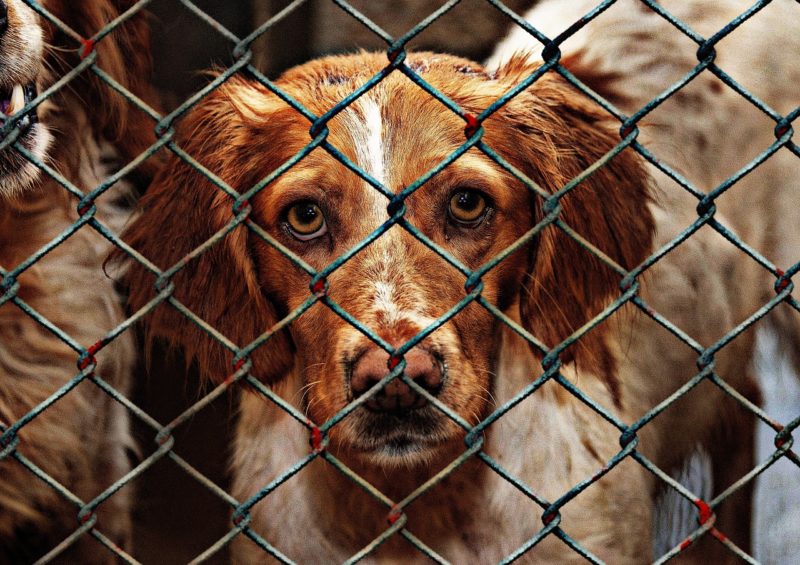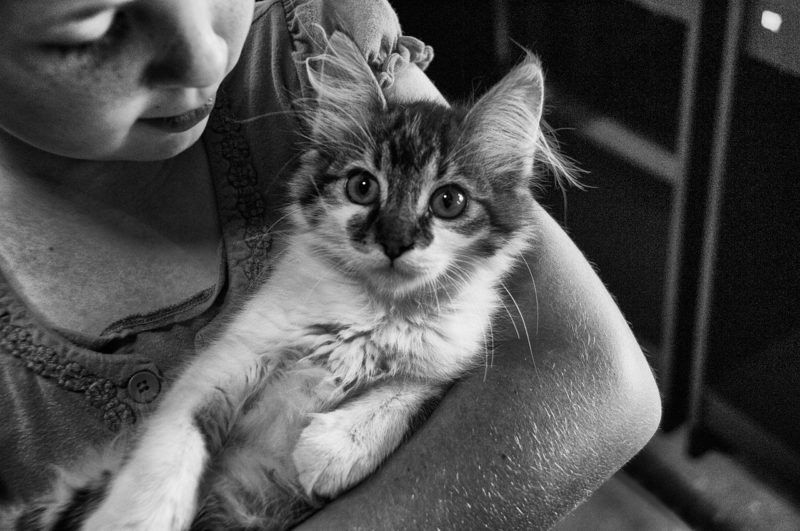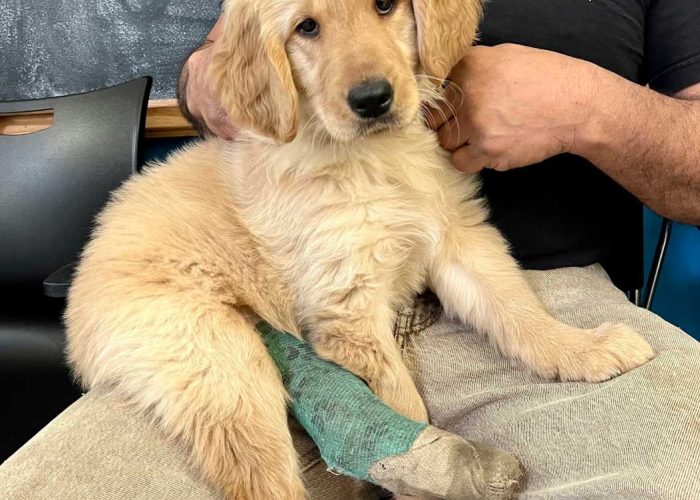I learned to be terrified of tornadoes in the spring of 1977.
As I lay hidden underneath a wrestling mat with hundreds of my fellow students in a large gymnasium, a twister was leveling the other two schools in my hometown along with what seemed like most of the neighborhoods.
There was no terror for us; we couldn’t see or hear anything from beneath the large square of foam. When we finally emerged, however, we were greeted by a transformed landscape just outside our fully intact windows.
Just two blocks away, buildings had been turned inside out, their contents scattered like a deck of cards thrown into the sky. Trees had been pulled whole from the ground and turned into projectiles, flung hundreds of yards, if not miles, across the sky and straight into, on top of, and through anything and everything. And cars had been flipped and tossed end-over-end like toys heaved into the air by angry children.
Mother Nature proved herself to be extremely violent and indiscriminate that day. Seeing the landscape scoured of its original form left an impression that has never been far from my mind when springtime comes.
Then 2011 Happened
As devastating as it was, the damage I witnessed in my hometown didn’t come close to what I saw in 2011 when our nation’s most costly tornado ripped through Joplin, Missouri.

I went down as a volunteer for Wayside Waifs (PRCKC was there, too, helping out). I wrote upon my return that what I saw defied both words and emotion. What was clear amidst the devastation was that, when times are tough, people are incredible. And pets bring comfort and peace when humans need it most.
At a makeshift animal shelter, we worked long days checking in animals. Most were found wandering the debris or pulled from rubble. All needed a place to stay while the town was sorted out and owners were found. There were also a number who were brought in by family members because those people had nothing left and just needed someplace for their beloved pet to stay while they tried to figure out how to move forward.

What was clear amidst all those emotional moments was that being prepared was a game changer for the pets and the people. And it saved lives. It’s with that in mind that we offer these suggestions to get you ready for spring, especially considering the Kansas City area has been forecast to have a higher number of tornadic activity than normal.
- Start with pet identification: Tags with your pet’s name, your name/number, and city are great. But collars and tags can get lost, especially during severe weather when they can get caught on debris or, believe it or not, even sucked from your pet’s neck by the incredible vacuum of the storm (post-tornado stories typically recount odd occurrences where things like this happen). Better yet, make sure your pet is microchipped and then registered at foundanimals.org.
- Make a plan before you have to: Now is the time to determine where you’ll go in your home. If you don’t have a basement or other similar shelter, find the innermost room that doesn’t have any windows to the outside world. Make sure everyone who is likely to be in your home knows where the safe area is. And make sure you can get there quickly and easily.
- Practice the plan: At my house we have three dogs and a cat. We’ve assigned the animals to people and they are in charge of getting those animals where they need to go. Do this and make sure everyone knows exactly what they’re supposed to do when the time comes. Rehearse it so it’s automatic. You cannot believe how chaotic or frightening it is when the sound of a tornado is bearing down on you (per my mom, who watched the one that hit my hometown destroy dozens of houses).
- Take shelter: If you get the alert for a tornado warning, that’s the time to kick the plan you rehearsed into high gear. In fact, anytime severe weather is forecast, make sure you’re paying attention. Warnings typically come with only a few minutes of time to spare. All animals should go into carriers and then cover people and carriers with blankets or mattresses to protect from flying debris.
- Have a disaster bag at the ready: Even if you’re not hit directly, you can still lose power, gas and water. A disaster bag (sometimes called a go bag), will help you tend to our pets need in an emergency. This is what the Humane Society recommends:
- Enough dog food to last one week. The food should be stored in an airtight container and refreshed every six months.
- One gallon of water per person, per day. Your dog may not drink as much, but might need water for rinsing off.
- Medications and medical records stored in a waterproof container.
- First aid kit and a book about dog first aid.
- Feeding dishes.
- Leashes, harnesses, and carriers to transport your dog safely.
- A blanket (to pick up your dog if injured or frightened).
- Dog beds and toys, if you can easily take them, to reduce stress.
- Important documents such as copies of your pet’s registration information, adoption papers, vaccination documents, and medical records, all in a plastic bag.
- Other useful items include newspapers, paper towels, plastic trash bags, grooming items, and household bleach.

Finally, make sure you know where found animals will be taken. If you and your pet get separated, that’s where you’ll want head straight away. Photos on your phone will help volunteers identify your pet more quickly and speed up the reunion. As always, PRCKC is here to be a resource during good times and bad.


